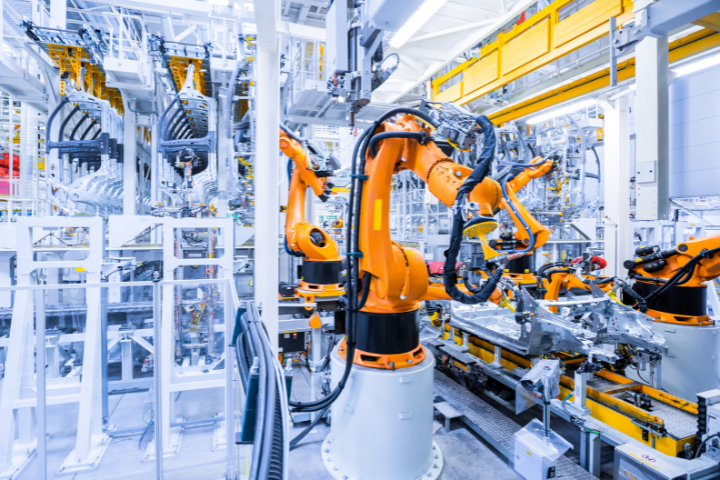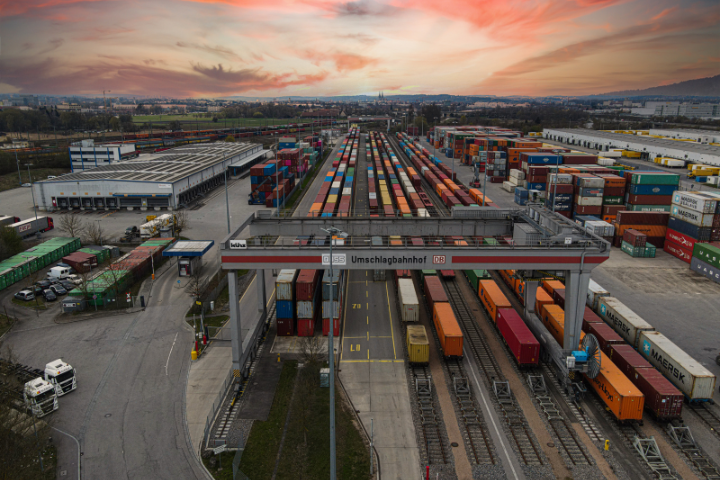Internet of Things for your Business - Remote Monitoring
The Internet of Things (IoT) is revolutionizing the way we connect with the world around us. Through an ever-growing network of interconnected devices, IoT enables seamless communication and data sharing between machines, sensors, and users. One of the most impactful applications of IoT is in remote monitoring, where sensors and connected devices allow real-time tracking, analysis, and management of systems from afar. This shift not only enhances efficiency but also significantly improves decision-making and operational control in various industries.
With electronic components becoming more accessible and cheaper, the ability to engineer and design bespoke systems to meet your unique needs is now a reality.
If you are into manufacturing, healthcare, agriculture, retail, transportation and logistics, energy and utilities, smart cities, construction, finance, hospitality, and even small businesses, IoT can help you on creating new revenue channels, reduce cost, enhance productivity and support compliance. Talk to us today on your requirements.
What is ‘Remote Monitoring’ ? : IoT refers to a network of physical objects—such as vehicles, machinery, and everyday appliances—embedded with sensors, software, and other technologies that allow them to collect and exchange data. Remote monitoring takes advantage of IoT by allowing these objects to be monitored and controlled from a distance, often via a cloud-based platform or mobile app. In essence, it gives businesses and individuals the ability to observe and manage systems without being physically present.
- Real-time Data Access : One of the primary advantages of IoT in remote monitoring is the ability to collect and access data in real time. Whether it’s tracking the performance of industrial machinery, monitoring the health of crops in agriculture, or even checking the temperature of a refrigerator, IoT enables instant insights into systems that were once difficult or impossible to monitor remotely.
- Predictive Maintenance: In industries like manufacturing or energy, unexpected equipment failures can result in costly downtime. By using IoT sensors, companies can track the condition of machines and anticipate when maintenance is needed. Data collected by IoT devices can provide indicators of wear and tear, reducing the likelihood of unplanned breakdowns and enabling more efficient scheduling of maintenance activities. This approach, known as predictive maintenance, helps businesses save on repair costs and improve operational efficiency..
- Cost Efficiency: In hazardous environments, such as oil rigs, chemical plants, or mines, remote monitoring can significantly improve worker safety. IoT devices can track environmental conditions like gas levels, temperature, and machinery status, alerting operators to dangerous conditions before they escalate. This proactive approach helps reduce workplace accidents and protect workers in high-risk areas.
IoT Uses Cases for Your Business

Remote Monitoring
Monitor your factory machines, assets in inventory or in the field. Remote monitoring, command and control for your field-deployed systems.

Predictive Maintenance
Use IoT collected data and AI to predict system performance and take timely action. Reduce downtime due to breakdowns with early warning.

Asset Tracking
Whether in warehouse or in the field. Whether static or moving, track your valuable assets 24 x 7. Advance supply chain and theft detection.

Quality Monitoring
IoT data, together with AI can provide valuable and timely access to collected data for quality assessment and control of parts produced.

Smart Supply Chain
Get near-real-time visibility into product stats or warehouse inventory. Make timely decisions and interventions to ensure fulfillment.

Worker Safety
Monitor workplace environment to ensure worker safety and safe working environment. Improve cost of compliance and reduce accidents.

